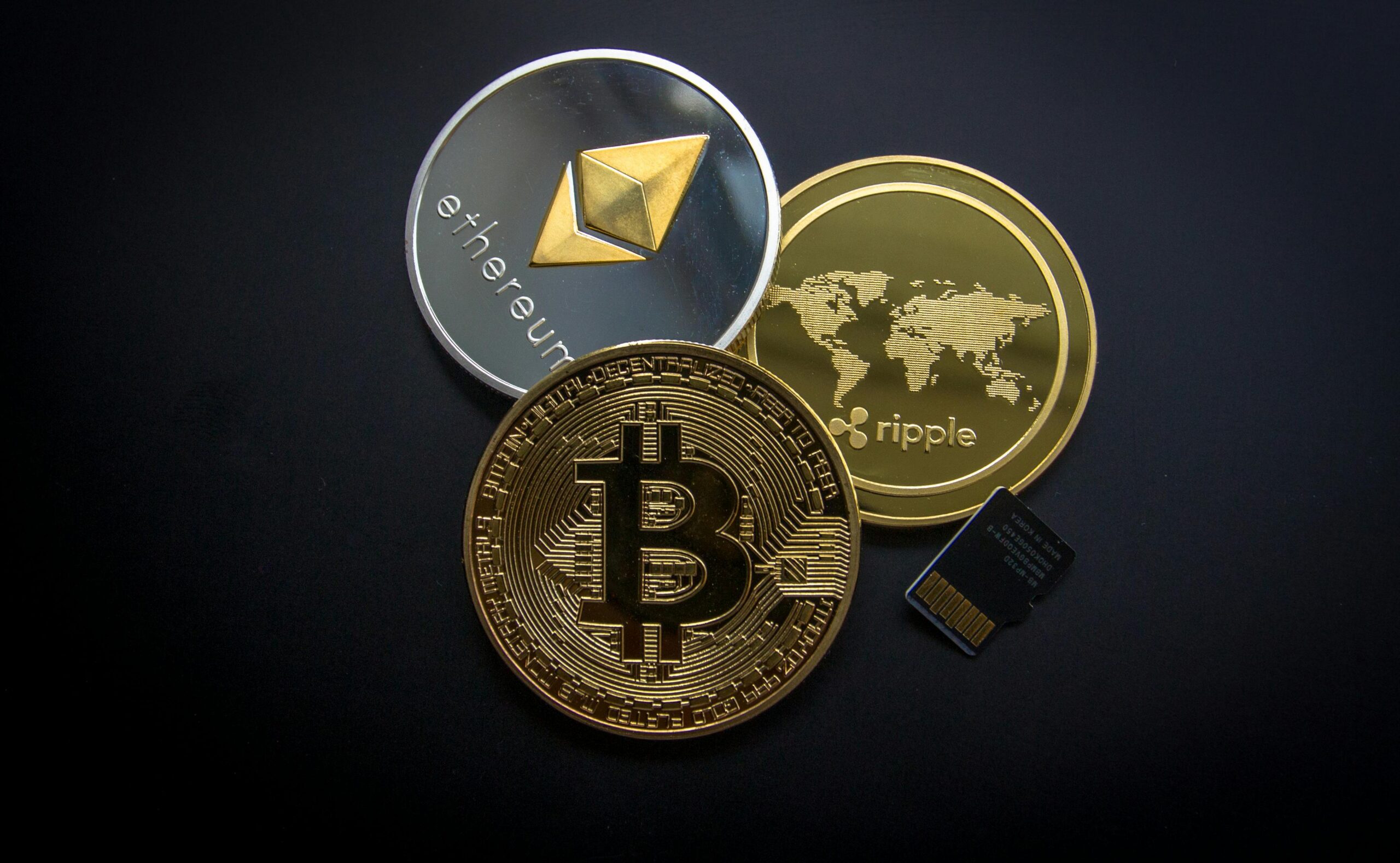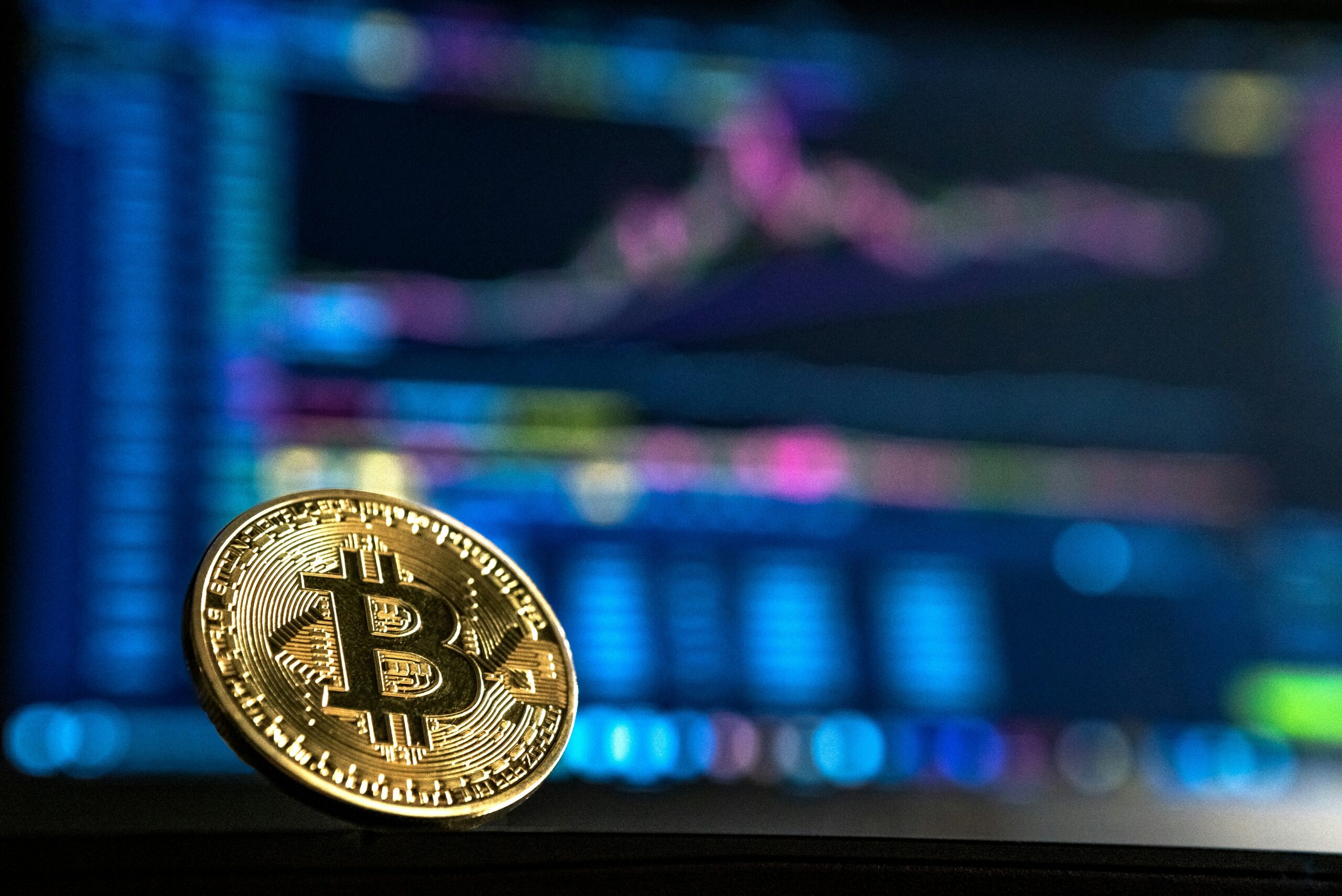How to stake crypto and earn money?
Crypto staking, yield farming, and lending are some of the popular passive income methods. Many crypto exchanges have developed unique stake products like Simple Earn which combine staking and other strategies like liquidity farming to increase the rewards for users. Users also have the option to proceed with dedicated staking products which offer relatively lower … Read more

